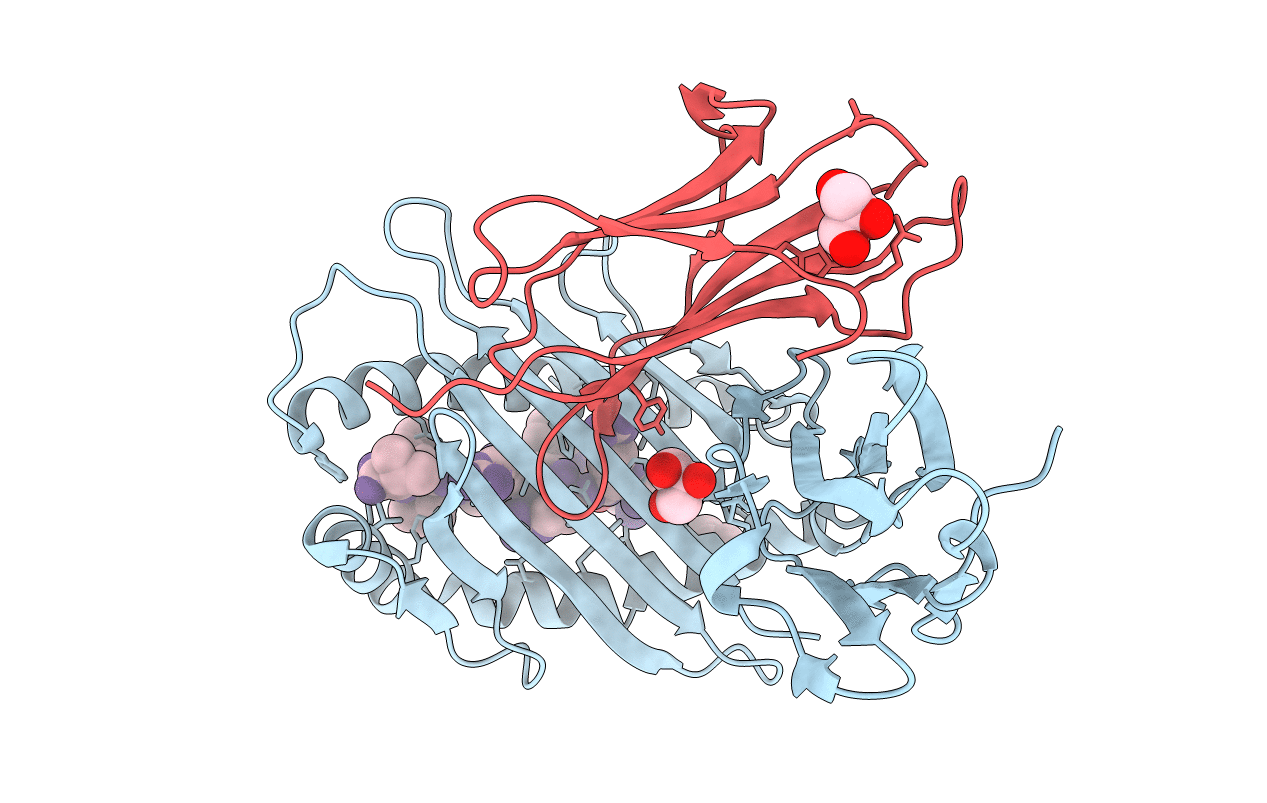
Deposition Date
2004-03-01
Release Date
2004-11-09
Last Version Date
2024-11-06
Entry Detail
PDB ID:
1UXS
Keywords:
Title:
CRYSTAL STRUCTURE OF HLA-B*2705 COMPLEXED WITH THE LATENT MEMBRANE PROTEIN 2 PEPTIDE (LMP2)OF EPSTEIN-BARR VIRUS
Biological Source:
Source Organism:
HOMO SAPIENS (Taxon ID: 9606)
EPSTEIN-BARR VIRUS (Taxon ID: 10376)
EPSTEIN-BARR VIRUS (Taxon ID: 10376)
Host Organism:
Method Details:
Experimental Method:
Resolution:
1.55 Å
R-Value Free:
0.17
R-Value Work:
0.14
R-Value Observed:
0.14
Space Group:
P 1 21 1


